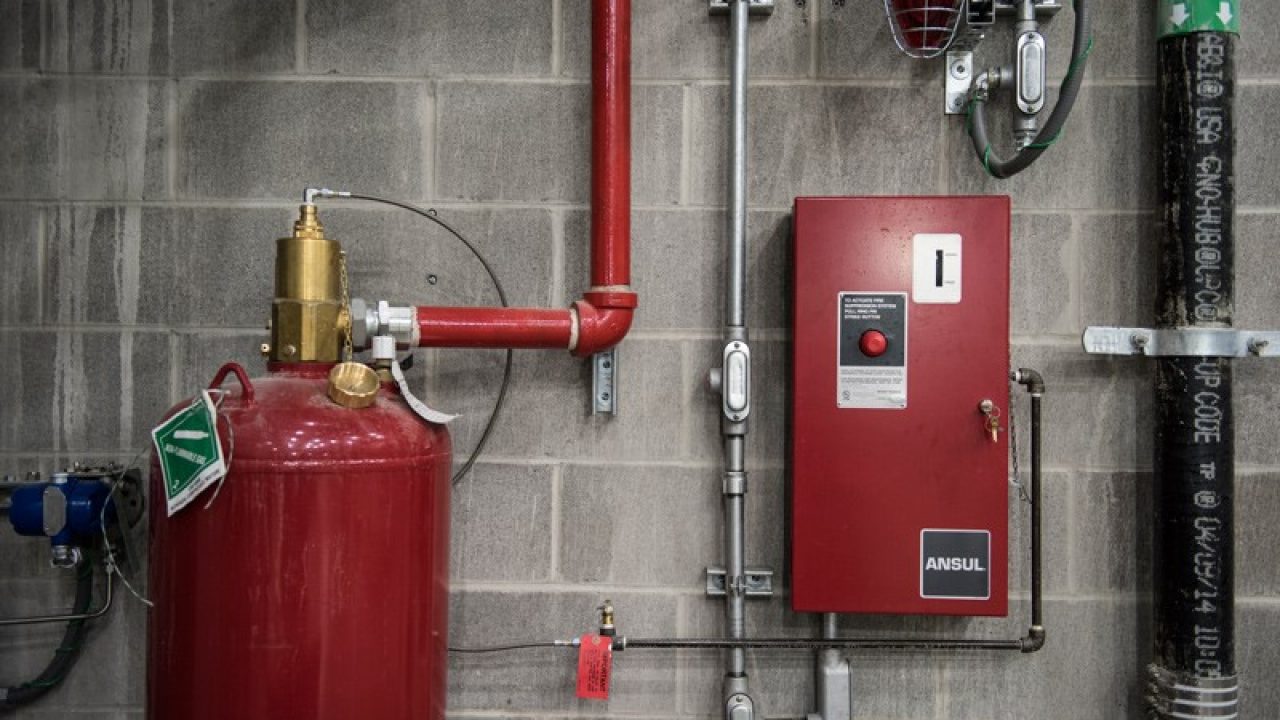Active and Passive Fire Protection
Often when we talk about fire protection system, what crossed our mind are sprinkler system, hydrant system and alarms when in reality, there’s so much more than that. Your building’s fire safety can fall into two different categories: passive fire protection and active fire protection. They must work together to make sure the safety of the building is immaculate during an event of a fire.
Passive Fire Protection
A set of systems that compartmentalise a building by the use of fire-resistance-rated walls, floors, doors and other building materials such as fire-rated access panels throughout the building. This includes compartmentalising or dividing sections of a building into smaller sections to help slow down or prevent the spread of fire and smoke from one room to the next.
Passive fire protection is necessary because it’s geared towards preventing the spread of a fire once it starts. It ables to slow down the fire a little bit longer while waiting for the rescue or active fire system to be activated.
Passive fire protection may prevent the spread of fire but over time, it will not be effective anymore.
Active Fire Protection
Hence, active fire protection must come together in handling the fire situation. Active fire protection is all about using devices and things like that to stop the fire in its tracks. It could be manually operated, such as a fire extinguisher or automatic, like a sprinkler system or smoke alarms. Either way, they all need action, that’s why they’re called active system.

Active Fire Protection, Passive Fire Protection or Both?
A fire wall could not forever restraint the fire, same goes for a fire extinguisher that needs someone to operate them hence needs time to delay the fire or smoke. Both systems rely on each other to fully put down the fire. Make sure your building has the complete fire protection system, active and passive.

